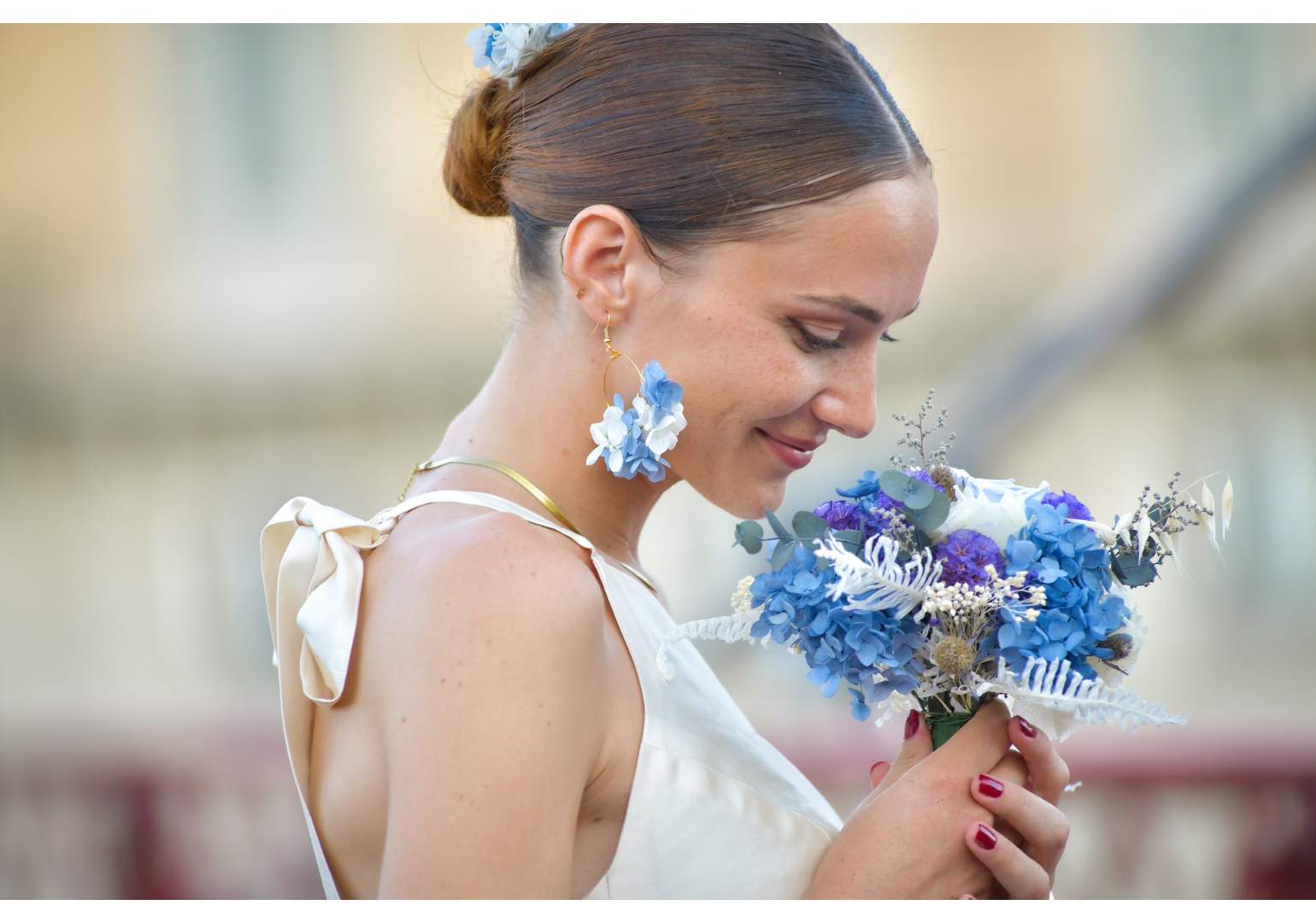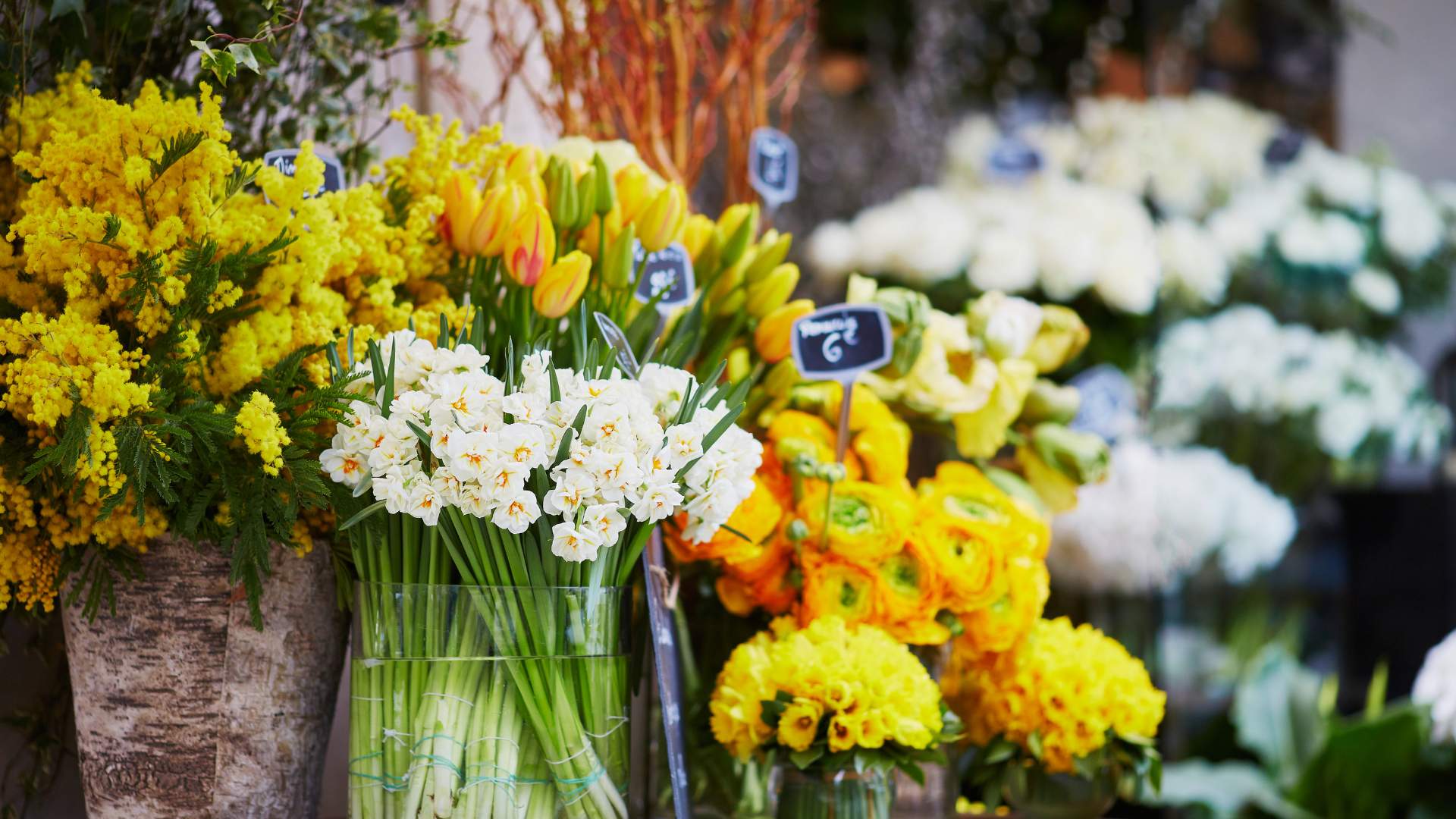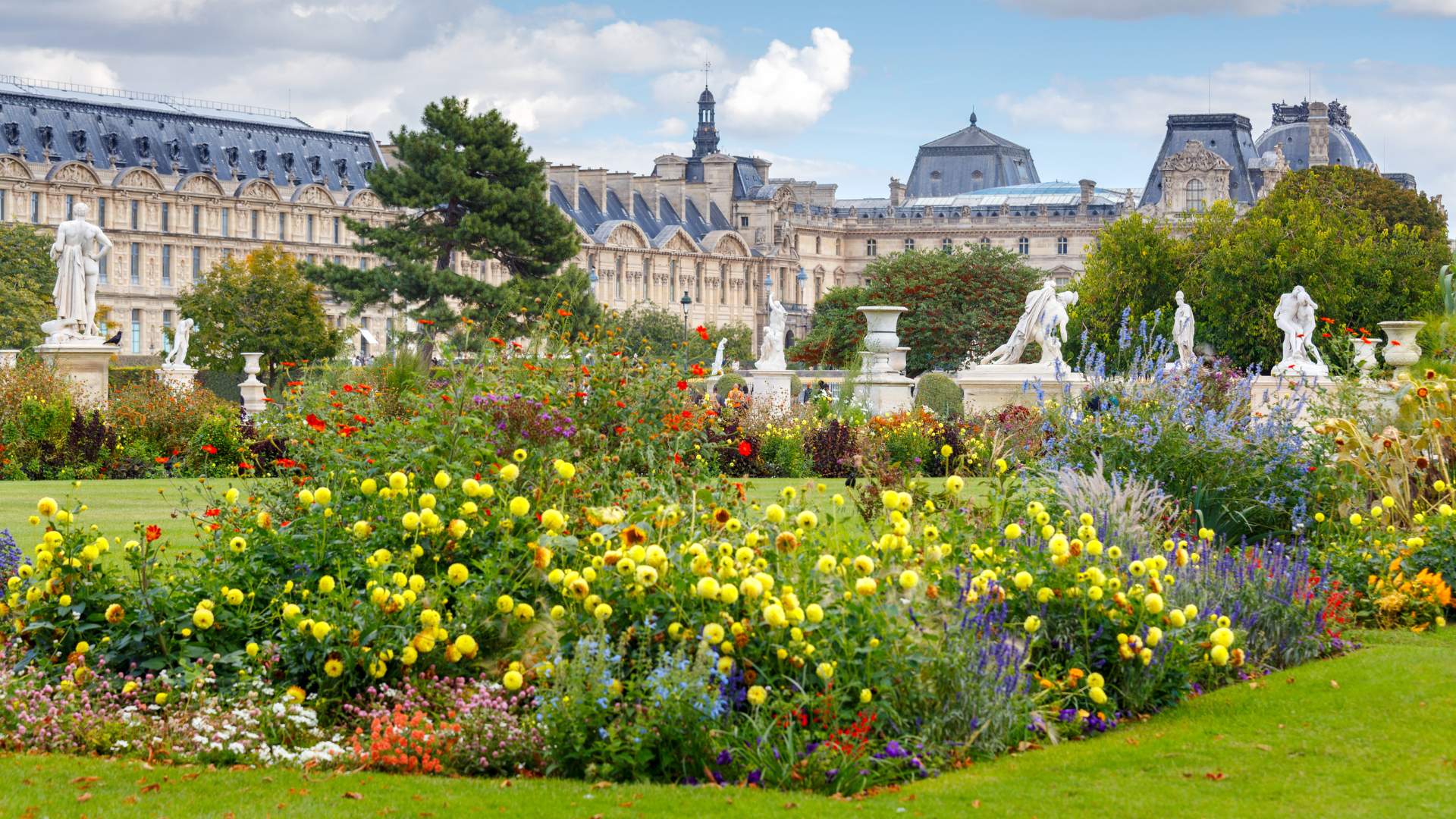What's more delightful than a beautiful bouquet of flowers... and more disappointing than seeing them wilt too quickly? Whether for a birth, a wedding, or any other special occasion, keeping a bouquet of fresh flowers longer prolongs the pleasure it provides. This article offers a complete guide to caring for your cut flowers, exploring flower drying methods, and discovering current trends in floral decoration with dried and preserved flowers.
How to care for cut flowers
Choosing the right time for cutting
To maximize the lifespan of your cut flowers, it's essential to cut them at the right time. Avoid cutting them in the heat of the day, such as at the end of summer. Instead, cut them in the morning when the plants have replenish their moisture.
Hydration of flowers
Watering is the key to maintaining your flowers. Most flowers, with the exception of a few like tulips and daffodils, require a vase filled with water up to half the height of their stems. Trim the stems at an angle by about 2 cm to promote water absorption. You can also lightly mist the leaves and flowers with a spray bottle to maintain their hydration.
Avoid mold
Mold is a major enemy of cut flowers. Change the water in the vase every day or two to prevent rot. Use lukewarm water rather than cold water to fill the vase. Also, remove wilted flowers to prevent the spread of mold.
Control exposure to light and heat
To preserve the colors of your flowers, avoid direct sunlight and heat sources such as radiators. Choose a cool, shaded location for your bouquet to keep the flowers fresh.
Use a nourishing solution
Use the nourishing solution sachet provided by your florist. This product contains the nutrients needed to extend the life of your flowers. You can also try some of your grandmother's tricks to maintain the vitality of your bouquets.
Flower Drying Techniques
Dried flowers are gaining popularity for their timeless appeal and longevity. Here are some techniques for drying your flowers effectively:
Air drying in suspension
This traditional method involves hanging the flowers upside down in a dark, well-ventilated area. Here's how to do it:
- Cut flowers at the beginning of flowering.
- Remove the leaves from the stems and tie them into small bundles.
- Hang the flower bundles upside down in a dark, well-ventilated room.
- Let dry for 3 to 4 weeks.
Air dry without hanging
For large flowers, place the angled stems in a vase with a little water. Allow the water to evaporate naturally. Once the flowers have faded slightly, spread them out on cardboard or paper towels.
Drying with silica gel
Silica gel is a modern method for preserving the bright color of flowers:
- Cut the stems to the desired length and remove the leaves.
- Pour a layer of silica gel into an airtight container.
- Place the flowers in the container and cover them completely with silica gel.
- Let it sit for a week, then carefully remove the gel.
Microwave drying
For quick drying:
- Place the flowers between two sheets of absorbent paper.
- Place a cup of water next to the flowers in the microwave.
- Heat on medium power for 2 to 3 minutes.
- Allow to cool completely before handling.
Preparation and selection of flowers
Choosing the right time
Pick flowers when they are at their peak, but before they are fully open. Pick them in the morning or late afternoon to minimize humidity.
Prepare the flowers
Remove the leaves from the stems, trim the stem ends and make sure each bouquet is well ventilated.
Tips for maintaining color and shape
Avoid direct light
While drying, place the flowers in a dark or dimly lit place to avoid discoloration.
Use hairspray
After drying, lightly spray the flowers with hairspray to set their colors and strengthen the petals.
Store properly
Store your dried flowers in a cool, dry place to prolong their shelf life.
Create floral arrangements with dried flowers
Bouquets
Mix different species of dried flowers to create harmonious and long-lasting arrangements.
Herbariums
Arrange dried flowers on paper to create unique botanical paintings.
Interior decorations
Use dried roses to decorate your home. They can be placed in vases, hung on walls, or incorporated into decorative wreaths.
Grandma's tips
Sugar
Adding a few spoonfuls of sugar to the vase water can prolong the life of your flowers by providing them with nutrients.
Vinegar
Mix a little sugar and vinegar with the water in the vase. The vinegar inhibits the growth of bacteria, thus extending the longevity of the flowers.
The Soda
The sugar in the soda nourishes the stems, while the acidity lowers the pH of the water, helping the flowers absorb nutrients.
Vodka
Vodka slows the production of ethylene, a gas responsible for wilting flowers, thus prolonging their freshness.
Trendy idea: Dried and stabilized flowers
Dried and preserved flowers are a current trend in floral decoration. They offer a sustainable alternative to fresh flowers and add a touch of vintage charm to your home.
Dried flowers
Dried flowers, such as immortelles, statice, thistles, and hydrangeas, are perfect for creating timeless bouquets. They require prolonged drying in a dark, dry place and can be lightly lacquered to extend their lifespan.
Stabilized flowers
Preserved flowers are treated with a special solution that replaces sap with a mixture of glycerin and other components. This allows them to retain their natural appearance and flexibility for several years without requiring special care.
Preserving a bouquet of cut flowers for longer is entirely possible with the right techniques and a little care. Whether you choose to maintain the freshness of your flowers with old-fashioned tricks or prolong their beauty through drying methods, you can enjoy the splendor of flowers well beyond their natural lifespan. Dried and preserved flowers also offer elegant and long-lasting alternatives to beautify your home. By following these tips, you can capture the ephemeral beauty of flowers and enjoy them all year round.








